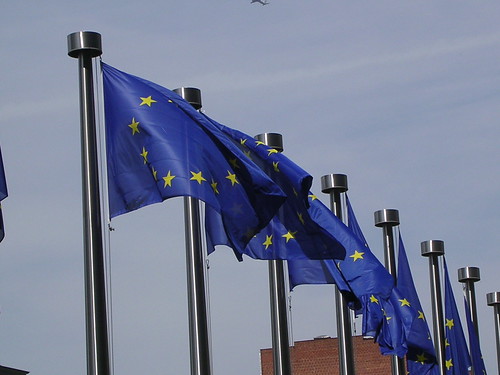Calls for Proposals under the European Union’s Horizon 2020 Research and Innovation Program
The European Commission presented for the first time today calls for projects under Horizon 2020, the European Union’s 80 billion euro research and innovation program. Worth more than 15 billion euros over the first two years, the funding is intended to help boost Europe’s knowledge-driven economy, and tackle issues that will make a difference in people’s lives. International cooperation is a priority in Horizon 2020 with the program open to participation of researchers from across the world, including the United States.
“It’s time to get down to business,” said European Research, Innovation and Science Commissioner Máire Geoghegan-Quinn. “Horizon 2020 funding is vital for the future of research and innovation in Europe, and will contribute to growth, jobs and a better quality of life. We have designed Horizon 2020 to produce results, and we have slashed red tape to make it easier to participate. So I am calling on researchers, universities, businesses including SMEs, and others to sign up!”
The European Union Ambassador to the United States, João Vale de Almeida, highlighted the strong science cooperation between the EU and the United States. “Our economic, research and innovation relationship is of vital importance and this strategy will further strengthen transatlantic cooperation,” he said. “We have some of the best researchers in the world on both sides of the Atlantic and it makes perfect sense to bring them together to tackle the common challenges that we face.”
For the first time, the Commission has indicated funding priorities over two years, providing researchers and businesses with more certainty on the direction of EU research policy. Most calls from the 2014 budget are already open for submissions as of today, with more to follow over the course of the year. Calls in the 2014 budget alone are worth around 7.8 billion euros, with funding focused on the three key pillars of Horizon 2020:
- Excellent Science: Around 3 billion euros, including 1.7 billion euros for grants from the European Research Council for top scientists and 800 million euros for Marie Skłodowska-Curie fellowships for younger researchers (see MEMO/13/1123).
- Industrial Leadership: 1.8 billion euros to support Europe’s industrial leadership in areas like ICT, nanotechnologies, advanced manufacturing, robotics, biotechnologies and space.
- Societal challenges: 2.8 billion euros for innovative projects addressing Horizon 2020′s seven societal challenges, broadly: health; agriculture, maritime and bioeconomy; energy; transport; climate action, environment, resource efficiency and raw materials; reflective societies; and security.
For background and more information, please see:
MEMO/13/1085: Horizon 2020 – the EU’s new research and innovation program




